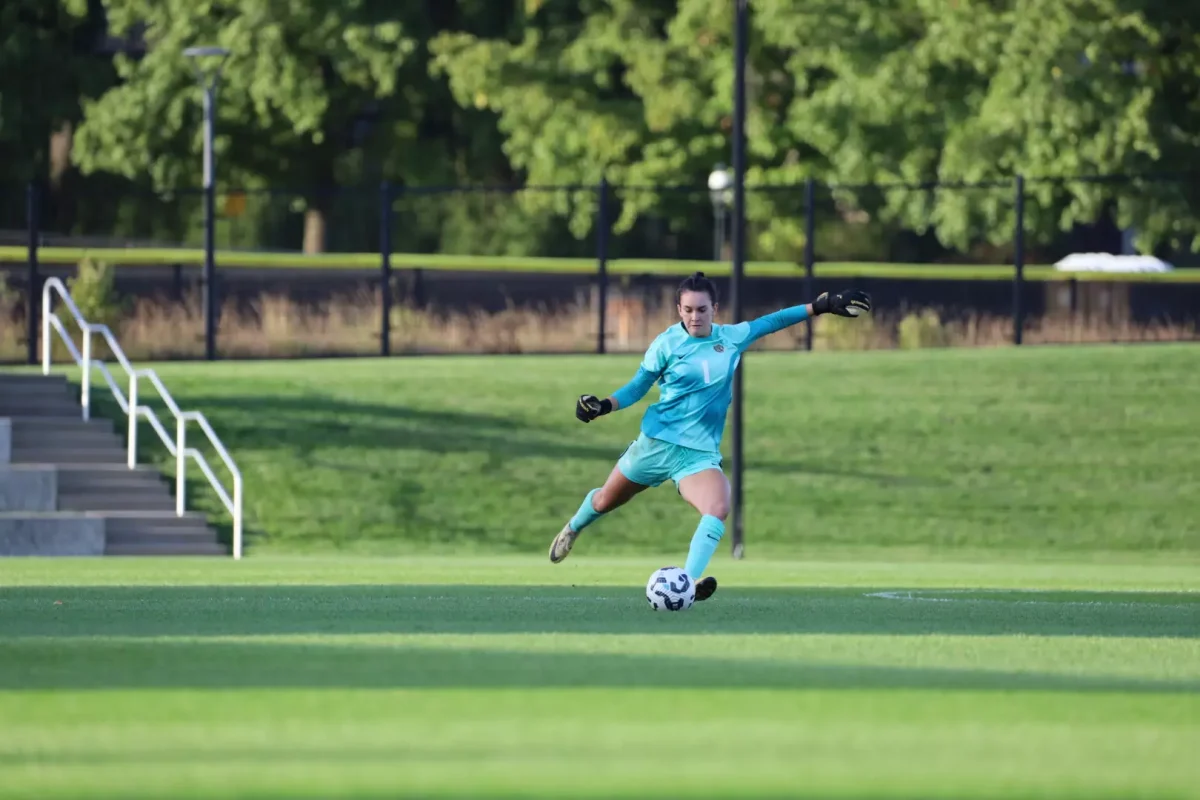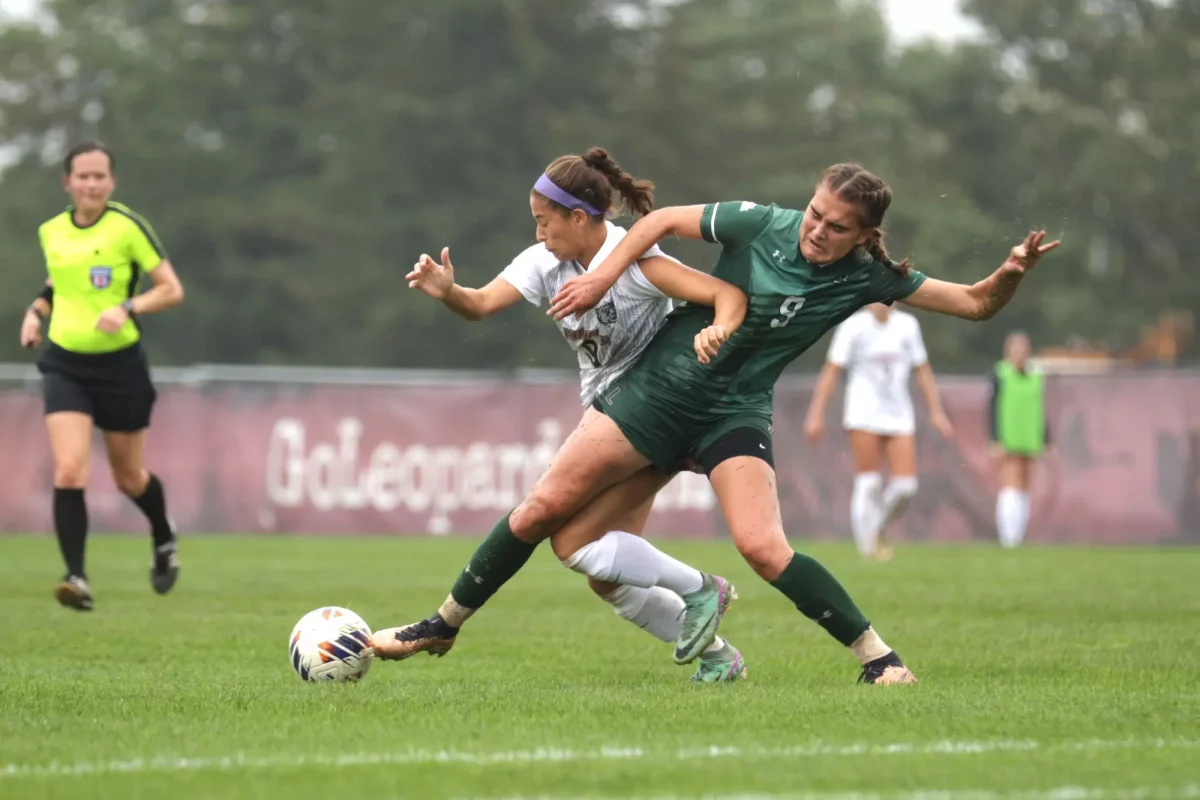Student Artist Spotlight: Alex Diaz ’22 empowers queer students of color through art
February 25, 2022
For Alex Diaz ’22, art is more than a hobby. It is a calling.
Diaz originally entered Lafayette as a government and law major. All of that changed once they enrolled in a film and media studies class. Despite having no previous art experience, Diaz fell in love with the magic of the camera and has continued creating ever since.
Now a film and media studies major, Diaz specializes in black and white digital portrait photography on 35-millimeter film. They also use sculpture, painting and mixed media art to convey powerful messages.
“I want to create substantial change, but I didn’t see myself happy just doing that through an institution like the government,” Diaz said. “When I found out I could still have my similar ideas and themes, but do it through art, I felt really empowered and I’ve never stopped.”
Diaz’s photos showcase the relationship between the photographer and the model. They focus on depicting the human body, specifically the face and eyes.
“I think that your face and your eyes can tell the story of what’s happening in the photo at the moment,” Diaz said.
Diaz also uses portrait photography as a medium to spotlight students of color and the queer community on campus.
“I continuously try to take beautiful portraits of queer students of color, because I think it’s just so important for them to see themselves in a beautiful light, and also for the campus to see beautiful images of queer people as art,” Diaz said.
One of Diaz’s favorite pieces is a 10-page zine that they designed for their film and media capstone. A zine is a noncommercial, self-published magazine that is usually devoted to a special subject. Diaz’s collection is dedicated to people of color at Lafayette.
“It wasn’t about teaching anything or spewing some grand message. It was more about having a small, intimate conversation with my community with that zine. And I got to take beautiful pictures of beautiful Black students here,” Diaz said.
Besides digital photography, Diaz has recently been pursuing sculpture as a medium through which to express their passions. Two pieces that they are proud of are a five-feet-tall pair of vagina lips and a three-feet-tall sculpture of a semi-ambiguous penis that were available for viewing in Farinon. Similar to Diaz’s other artwork, they want people to immediately think about queerness upon seeing these sculptures.
“It can be so easy when you’re not queer to not think about sexuality and not think about queerness, not think about gender in your daily lives, despite it being a daily issue for some people,” Diaz said. “So if I have to put a five-foot vagina in front of you for you to care, then I might do that.”

In addition to Farinon, Diaz’s work has also been showcased in Skillman Library.
Though Diaz joined the art scene at Lafayette with no prior experience, their feelings of trepidation quickly vanished upon the support and welcoming nature of the art department and students within.
“I would say that the art professors and my art peers are the main part of my artistic process of being able to bounce ideas off of people constantly,” Diaz said.
Diaz credits mentors in the art department, specifically professors Karina Aguilera Skvirsky and Nestor Armando Gil, for their feedback and friendship.
“They help push me to think outside of my brands…they help me push it even further,” Diaz said.
After graduating, Diaz wants to continue pursuing art, both as a hobby and a professional career. They would like to open a gallery or studio to create a safe space for budding artists to experiment. Their future goals shy away from the mainstream art scene in favor of a more intimate viewership.
“I really want to make impactful community art that we can make together, create an archive within ourselves to appreciate,” Diaz said.
Ultimately, Diaz wants to help people unleash the power within themselves to implement their voices into art.
“I know advocating for yourself as an underrepresented person can be really hard to do, and the typical ways—like marching down the street, petitions and speaking to people—can be really intimidating,” Diaz said. “Finding something that you can privately do for yourself and then share later is a powerful way for people to voice how they feel.”



















































































































